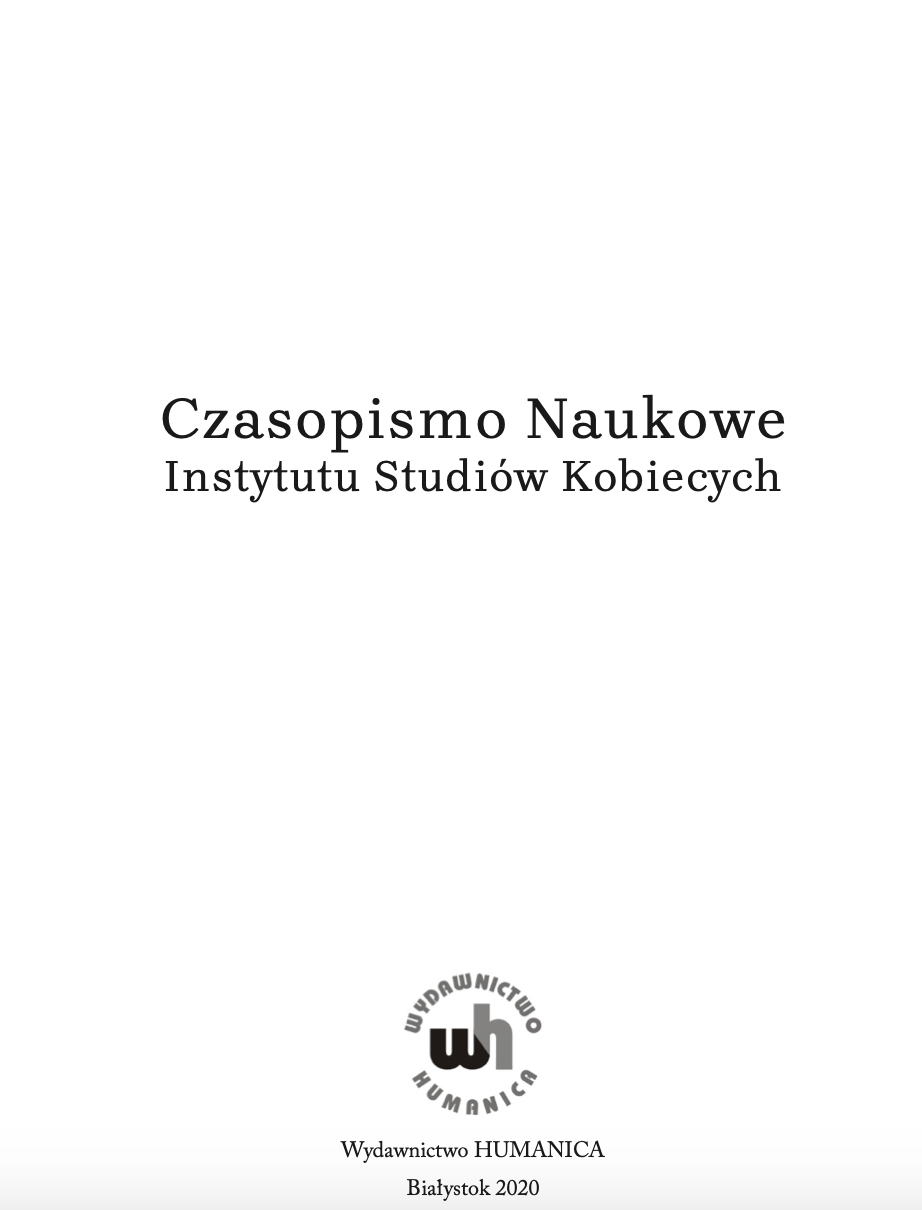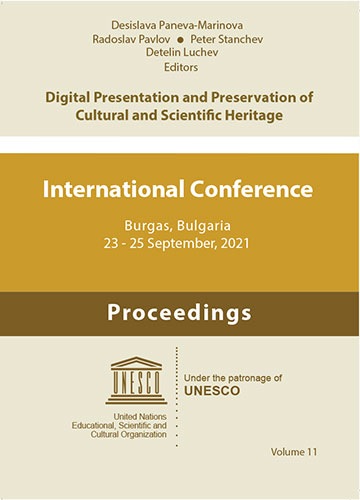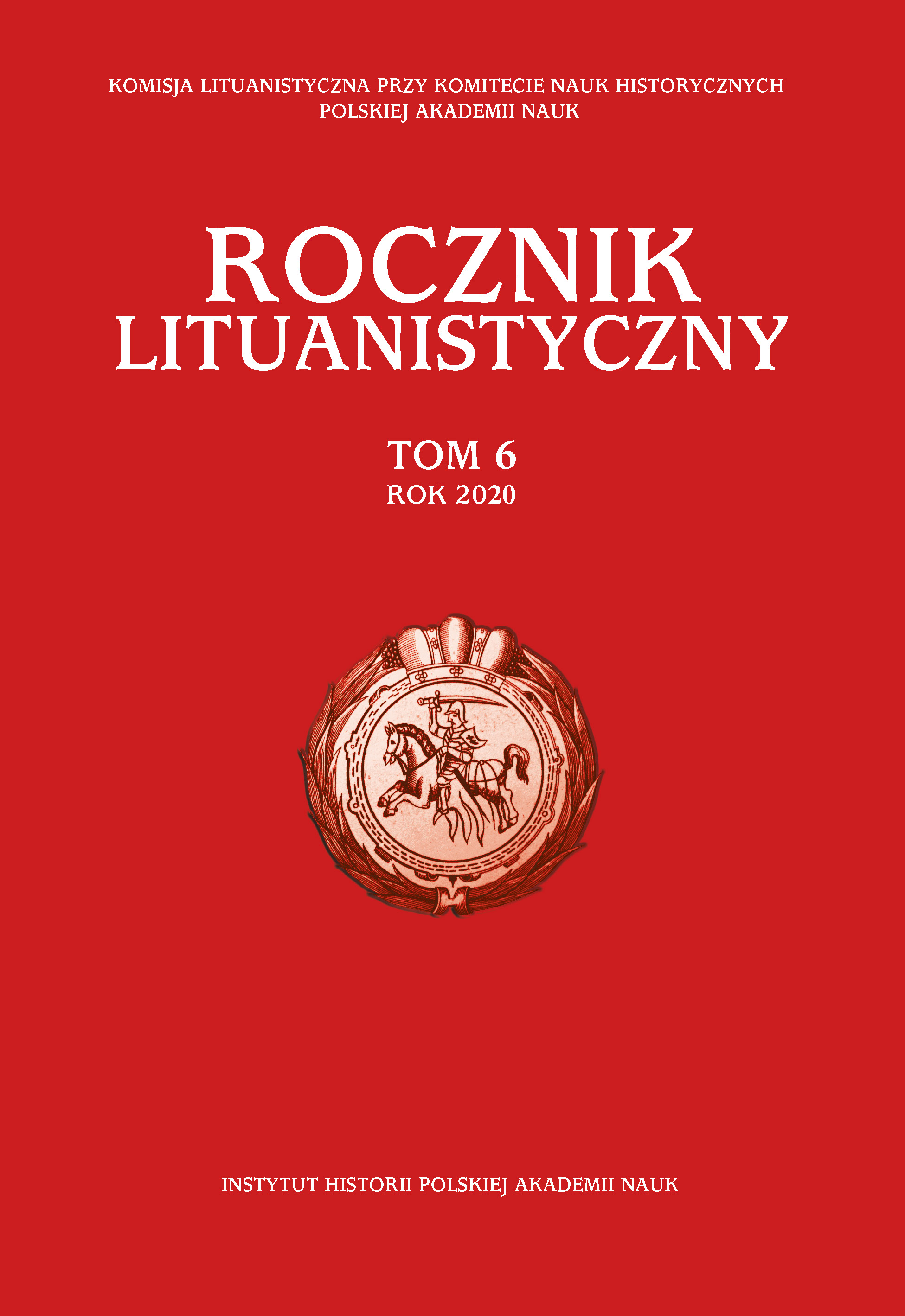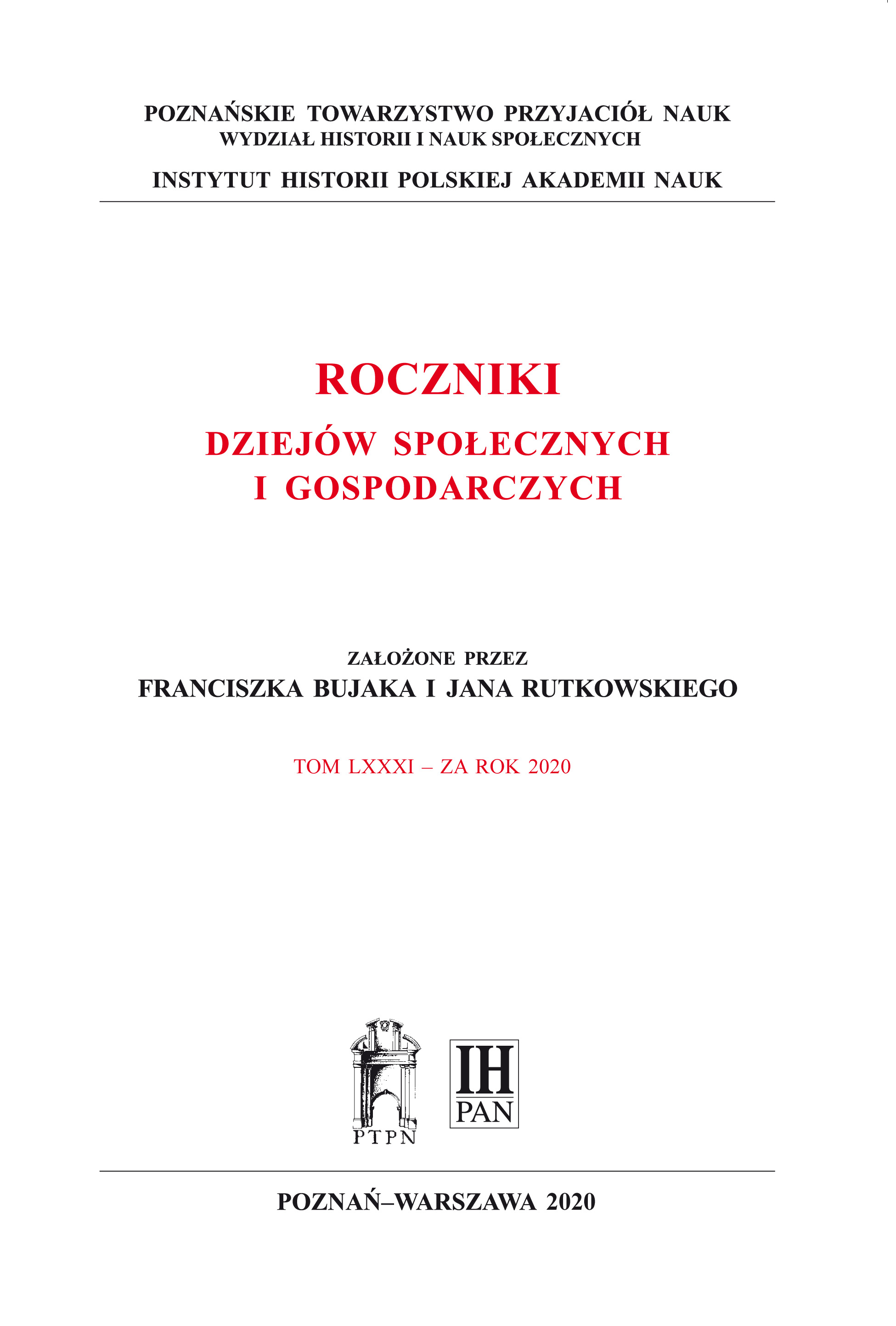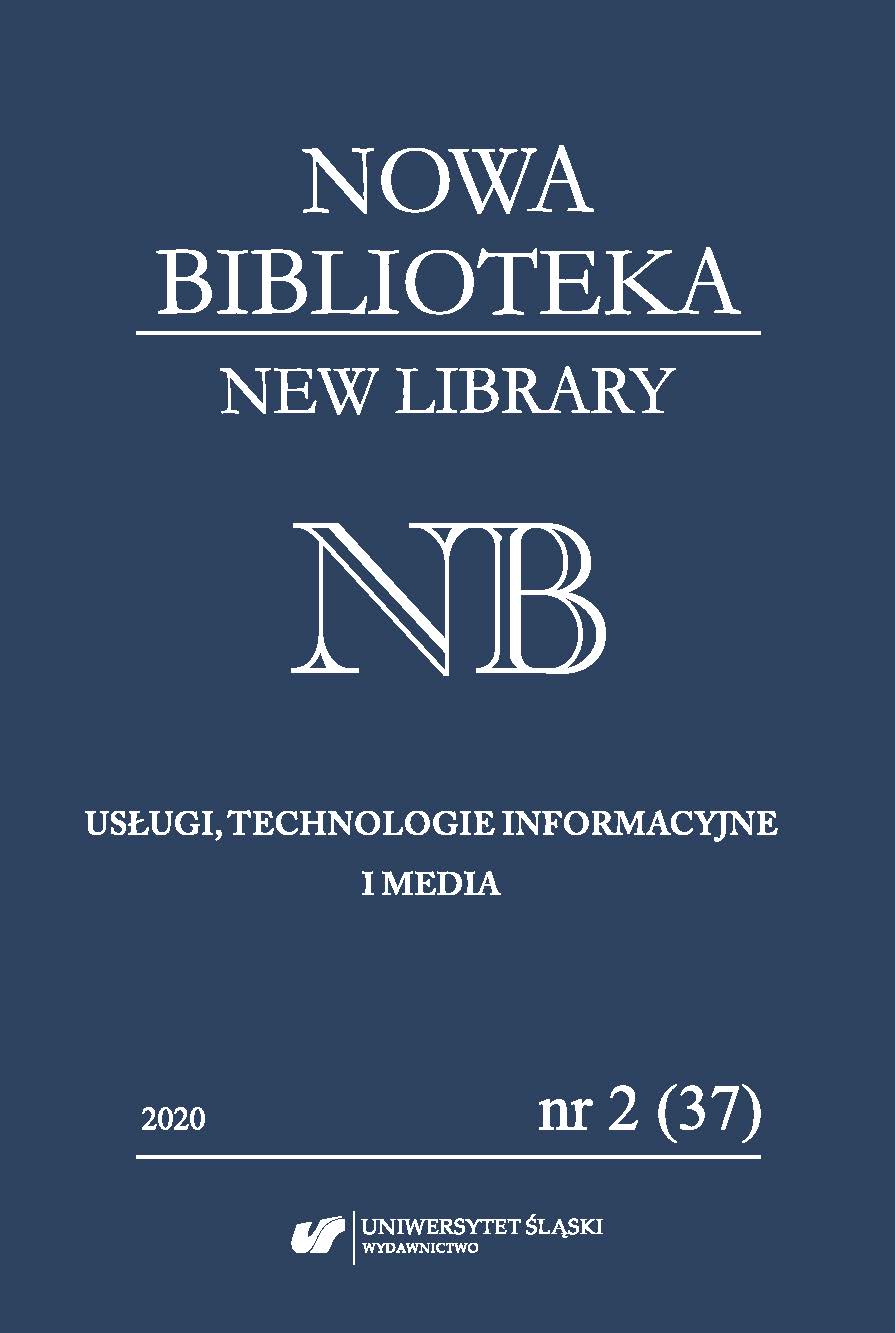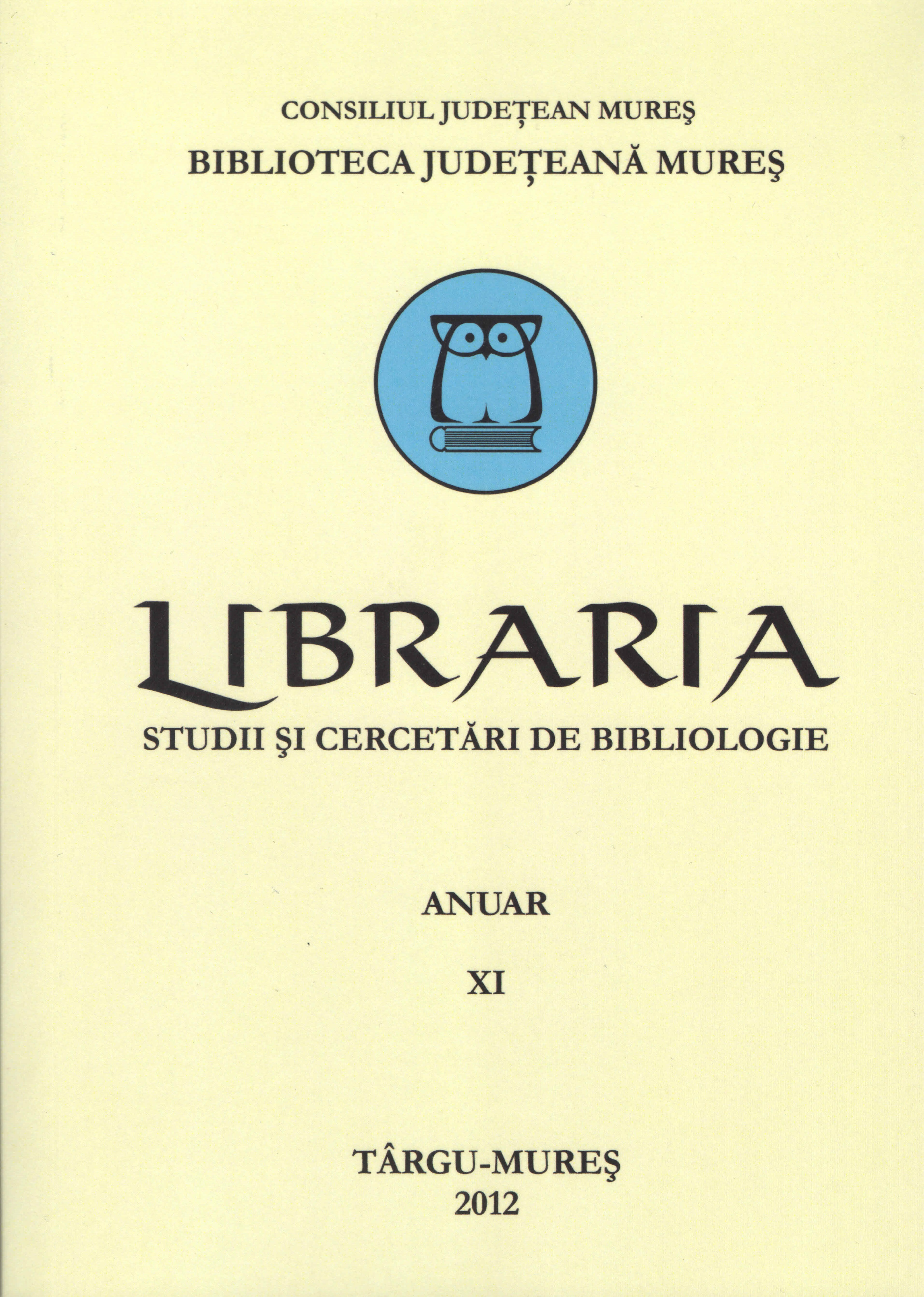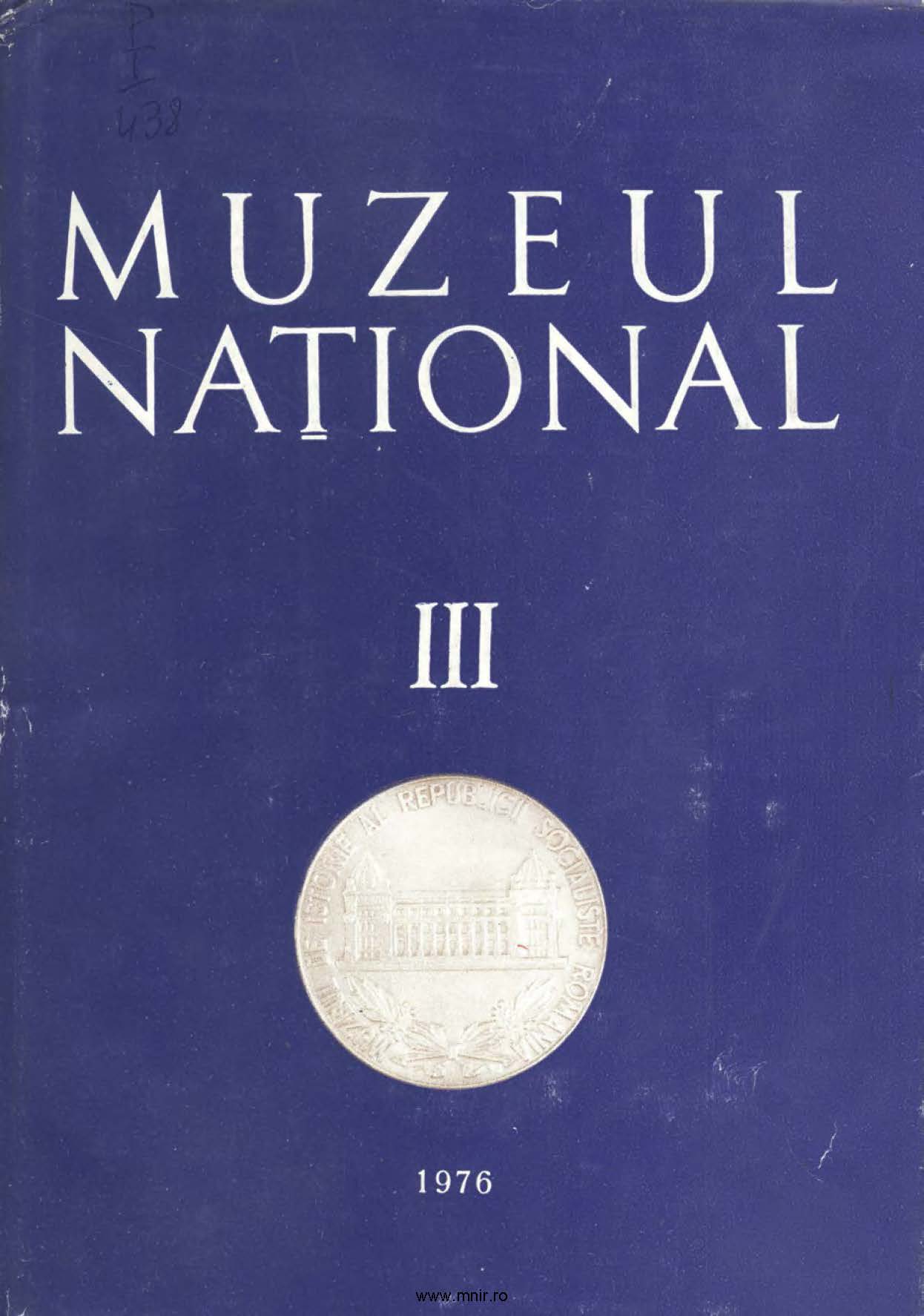
A siliquaeous treasure of the sec. IV discovered in Viespeşti village, Sprâncenata village, Olt county
On fait la présentation du trésor mentionné, découvert en 1926 et réunissant 30 monnaies d'argent, acquisition récente (1974) du Musée d'Histoire de la R. S. de Roumanie. Les pièces du trésor sont : deux monnaies de Constantinus II (352—353), dont une est frappée à Nicomédia et l'autre à Sirmium ; une monnaie de Iulianus Apostata, frappée en 363 à Constantinople : trois pièces de Jovianus (363—364), dont une frappée à Constantinople et deux à Nicomédia ; deux monnaies de Procopius (365—366), frappées à Constantinople ; neuf monnaies datées de Valentinianus I, frappées à Constantinople (365—366), et anfin 13 monnaies de Valeus, toutes frappées à Constantinople (365—366). On fait des observations, spécialement concernant les légendes inscrites dans l'exergue des monnaies ; sont aussi présentées quelques variants des monnaies depuis Valentinianus I et Valens ; on souligne de même l'importance historique du trésor qui représente, à côté des autres sources — écrites et archéologiques —, un témoignage du développement économique de la région, des liaisons que celle-ci entretenait avec l'Empire romain. Ce trésor constitue en même temps une preuve de la continuité de la romanité au nord du Danube.
More...
